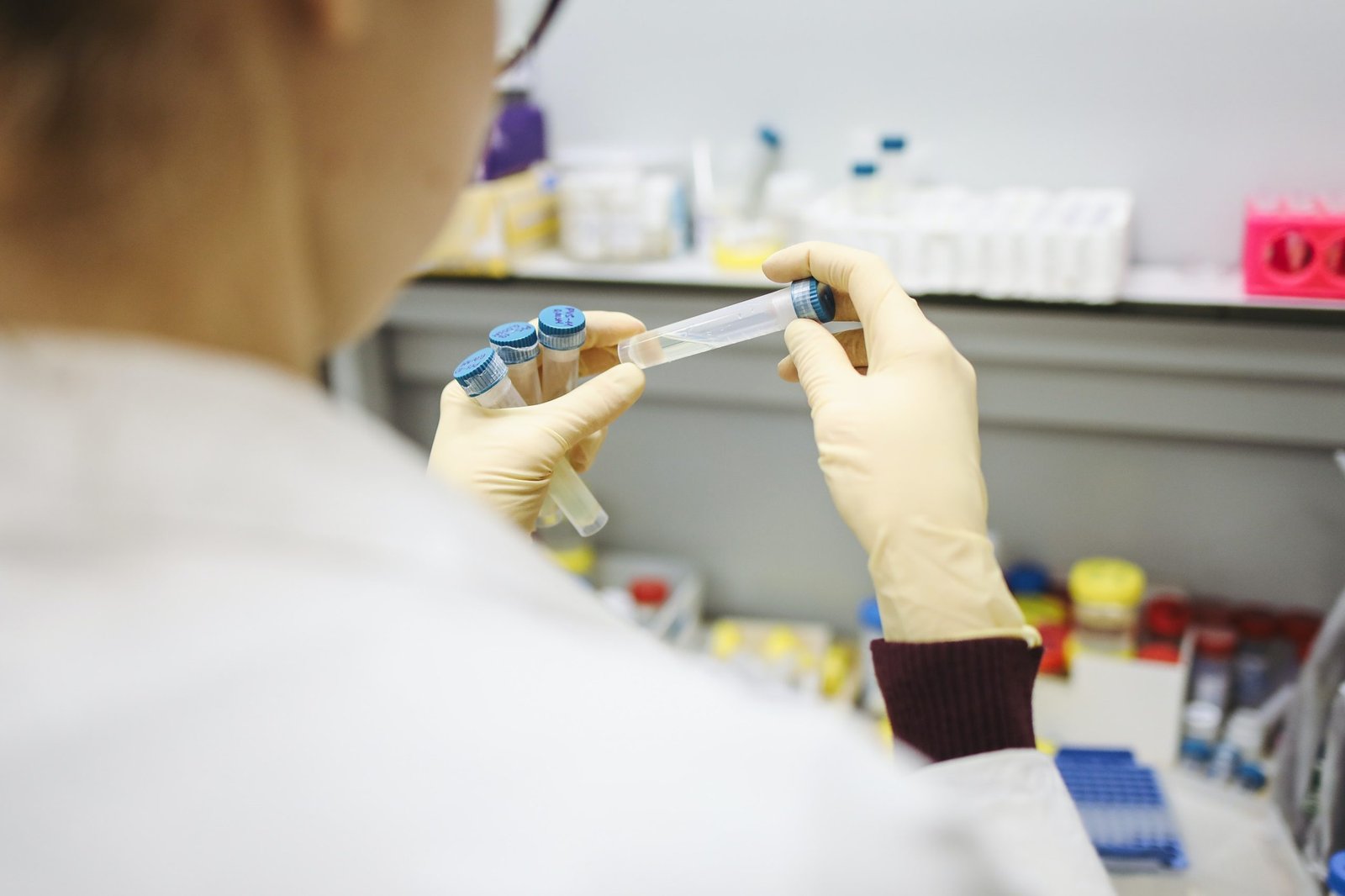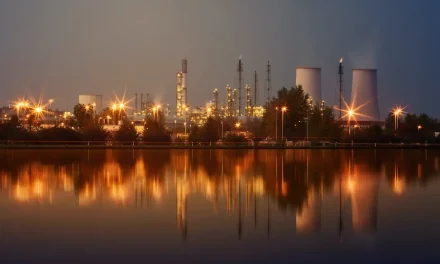What is forever chemicals and effects?
Forever chemicals, also known as per- and polyfluoroalkyl substances (PFAS), are a group of man-made chemicals that have been used in a wide variety of products due to their ability to repel water, oil, and stains.
They are called “forever chemicals” because they are extremely resistant to degradation and can remain in the environment for a long time.
There is growing concern about the potential health impacts of PFAS.
Some studies have suggested that exposure to PFAS may be linked to a variety of health problems, including kidney and testicular cancer, immune system problems, and developmental issues in infants and children.
In response to concerns about the potential health and environmental impacts of PFAS, some countries have taken steps to regulate or phase out the use of these chemicals.
However, PFAS are still widely used in many products and continue to be a source of concern for public health and the environment.
What common products contain PFAS?
PFAS have been used in a variety of products, including nonstick cookware, waterproof clothing, and firefighting foam.
They have also been used as surfactants in a range of industrial and consumer products, including cleaning agents, insecticides, and personal care products.

Is there a way to remove forever chemicals?
in a new experiment, scientists of the University of California, Riverside, found a new method to chemically break up these harmful substances into smaller compounds that are essentially harmless.
in this new method, scientists begin by infusing contaminated water with hydrogen, then they blast the water with high-energy, short-wavelength ultraviolet light.
The hydrogen polarizes water molecules to make them more reactive, while the light catalyzes chemical reactions that destroy the pollutants, known as PFAS or poly- and per-fluoroalkyl substances.
“After the interaction, hydrogen will become water. The advantage of this technology is that it is very sustainable,” said Haizhou Liu, an associate professor in UCR’s Department of Chemical and Environmental Engineering and the corresponding author of the paper.
Given the regulatory push, Liu’s laboratory team is “marching toward commercialization” with help from a $50,000 proof-of-concept grant from UCR’s Office of Technology Partnership to scale up this technology to handle larger volumes of water, Liu said.










